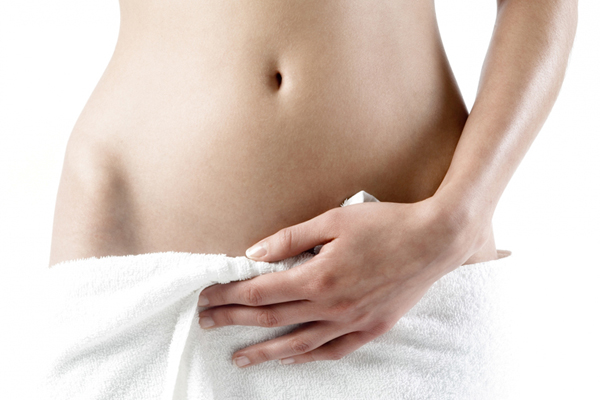Health Tips
Laparoscopic hysterectomy

|
Laparoscopic hysterectomy |
 |
| Hysterectomy is a big deal for women because they are concerned about the wound after surgery, pain, recovery time, or even in a high cost. However, with the evolution of modern medicine allows for simple hysterectomy with laparoscopy. This reduces the damage to internal organs and reduces the incidence of complications as well. |
|
How to laparoscopic surgery |
|
The diseases can be treated with laparoscopic surgery |
|
Symptoms after surgery |
|
Advantages of Laparoscopic Hysterectomy |
|
How to care after surgery |